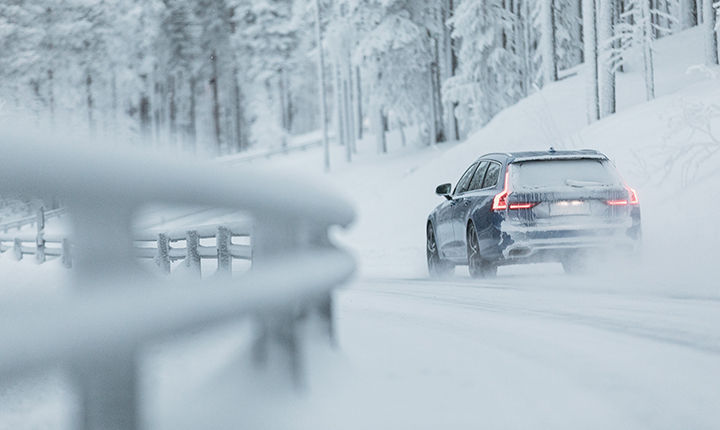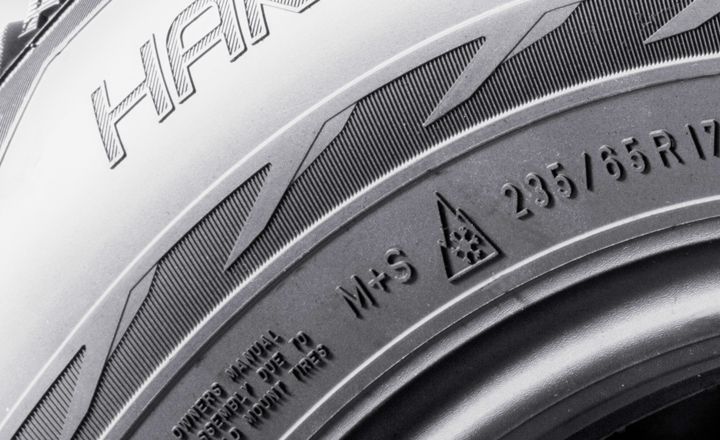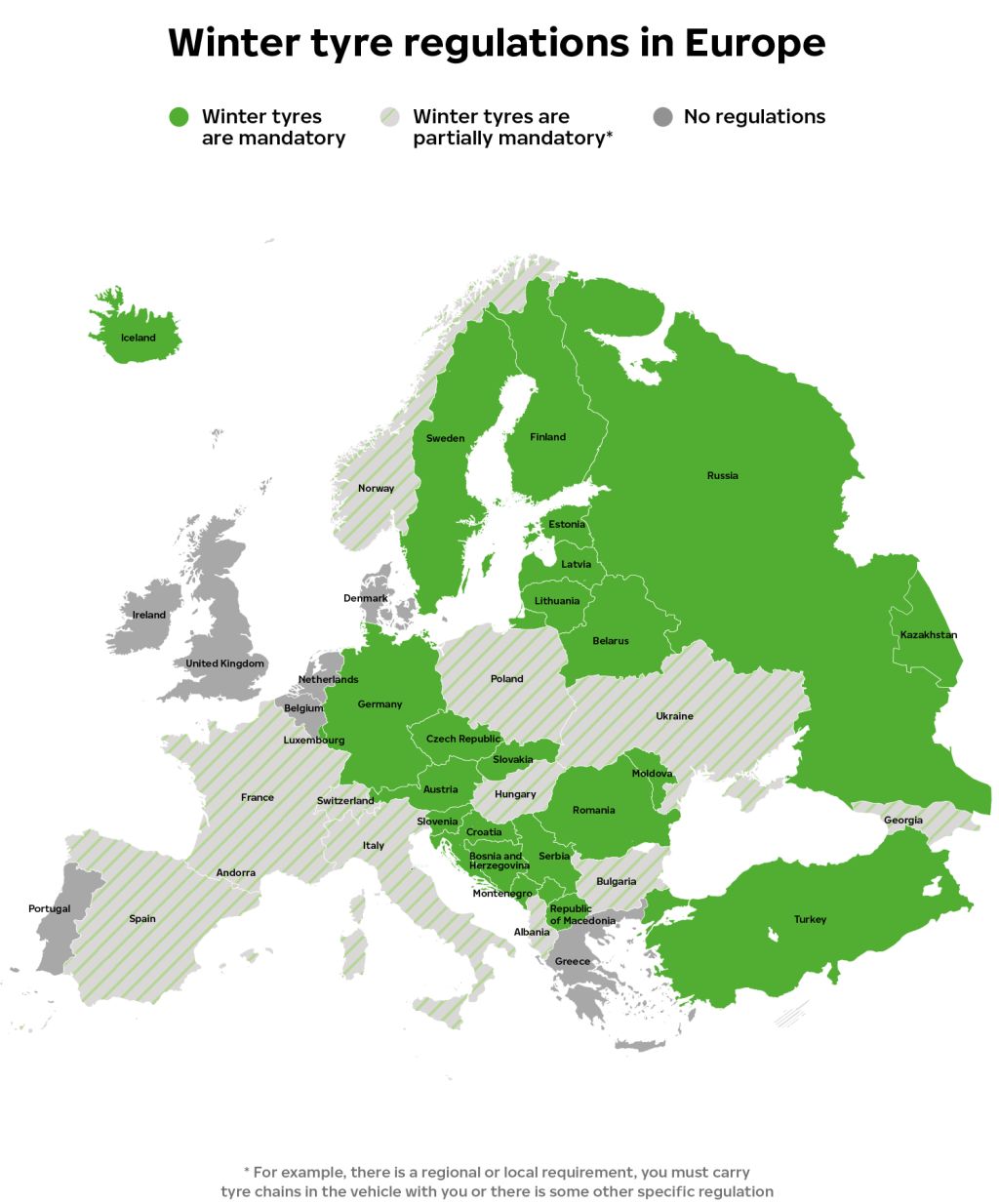Regulations concerning the use of winter tyres vary by country. There are a few countries in Europe, such as the United Kingdom and Denmark, where the law does not regulate their use at all.
In most cases, however, winter tyres must be used during a certain period or when the weather conditions are clearly wintry. The use of tyre chains is required on certain road sections and in specific areas.

When heading abroad in the winter, drivers should carefully study the destination country’s regulations in advance in order to prevent interruptions caused by the use of wrong tyres.
Tyre markings
In Europe, depending on the country and situation, you can use either non-studded or studded winter tyres or all-season tyres.
Safe winter tyres, both non-studded and studded, bear the Snowflake symbol (also known as the 3PMSF or 3-Peak-Mountain-SnowFlake marking), which is increasingly replacing the current winter tyre marking (M+S).
Today, the M+S marking is not sufficient anymore in countries such as Germany, where the legal definition of a mandatory winter tyre is the Snowflake symbol. The M+S marking is being replaced by the Snowflake symbol in the Nordic countries, too.

Non-studded or studded tyres?
Non-studded winter tyres designed for Central European conditions are an excellent choice for the milder, rainier winter conditions of the continent. In the Nordic countries, winter is typically much harsher, and there may be plenty of snow, ice and supercooled water on the roads. This calls for non-studded tyres designed specifically for Nordic conditions. Safe non-studded tyres for both Central European and Nordic conditions bear the Snowflake symbol. To help consumers separate the Nordic non-studded winter tyres from their European counterparts, a specific Ice Grip marking is currently being developed by the tyre industry.
Studded winter tyres are popular in the Nordic countries but completely banned in Germany and Poland, for example. In some countries, cars with studded tyres have special speed limits and the use of studs must be communicated with a sign attached to the car.
Tyre chains in the car
In some European countries, on some roads, the use of tyre chains is recommended and even mandatory. You can encounter traffic signs indicating mandatory tyre chains in the steep mountain regions of Austria and Switzerland, for example. In other places, simply having the tyre chains in the car will be sufficient.
The legal minimum tread depth for winter tyres in most European countries is 3 mm. Nokian Tyres recommends changing winter tyres when 4 millimetres of tread remain. The handling of the tyres is severely degraded below this level.
Ask for winter tyres on your rental car
Renting a car at your destination may seem like a suitable solution if you do not feel like driving all the way. When reserving a vehicle, you should ask for one with winter tyres. In the end, the car’s owner is always responsible for ensuring that the car is properly equipped for winter.
Find the tyres that suit you the best
The map below allows you to check the regulations on winter tyre use in different countries. More information on tyre regulations is available on the websites of the local automobile associations.

